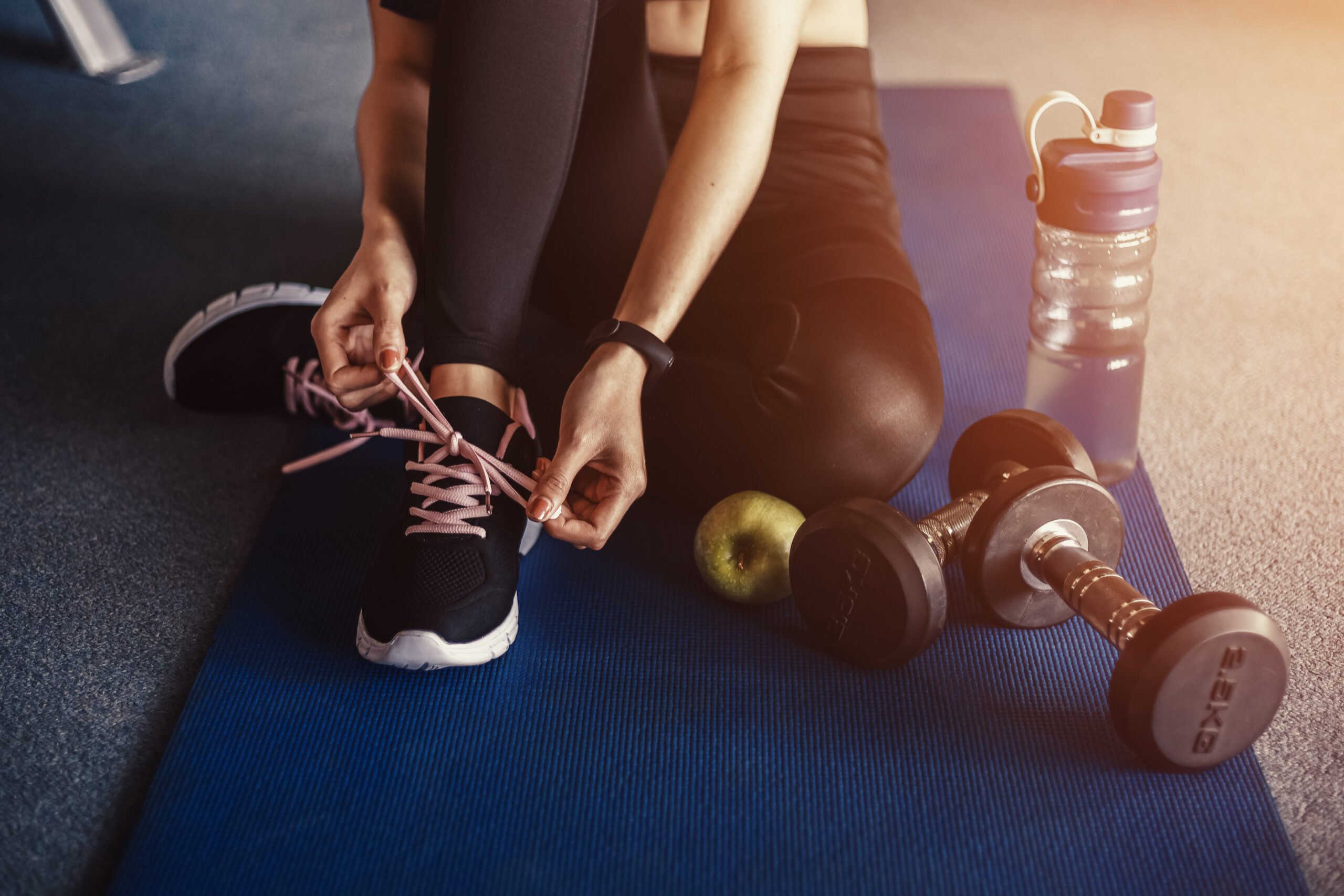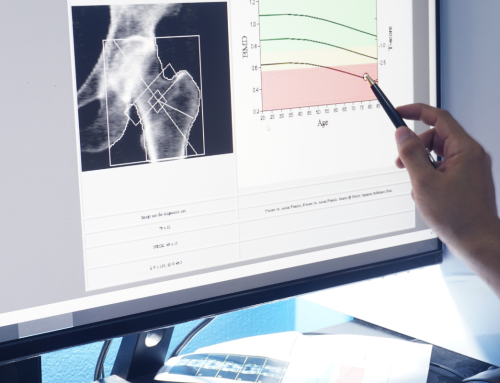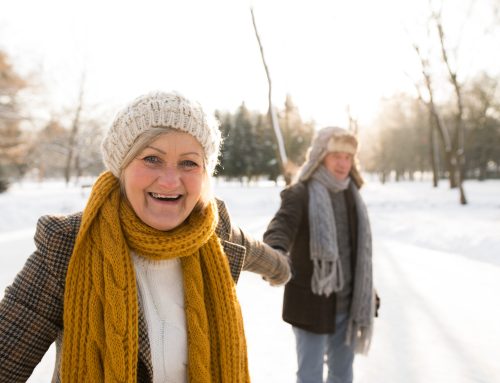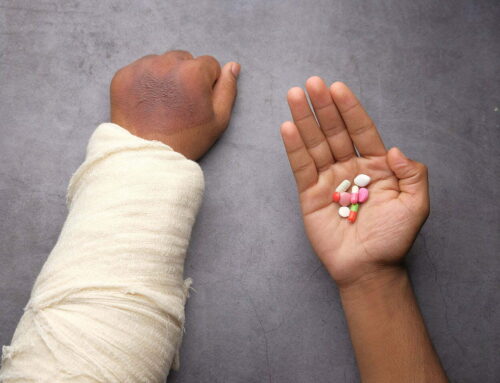
Being told you have low bone density (osteopenia) can be unsettling. You may wonder if it means giving up the activities you love or if you’re destined to face future fractures. The good news is that you have the power to make a difference in your bone health. Your bones are living tissue—capable of becoming stronger and more resilient at any age when given the right stimulus.
One of the most effective (and accessible) ways to improve bone health is through weight-bearing and resistance exercises. In this article, you’ll learn:
- What bone mineral density (BMD) is and why it matters.
- Which exercises are safe and effective for improving bone strength.
- How to exercise safely if you’re at higher fracture risk.
- How tools like Marodyne LiV can support bone health, especially if vigorous workouts aren’t an option.
Quick Takeaways (TL;DR)
- Weight-bearing and resistance exercises are proven to improve bone mineral density (BMD).
- Safe, effective options include walking, light hiking, squats, lunges, and balance work.
- Avoid high-impact jumps, twisting, or running on hard surfaces if fracture risk is high.
- Marodyne LiV provides a gentle, science-backed way to support bone strength for those who can’t do vigorous workouts.
What is Bone Mineral Density (BMD)?
Bone Mineral Density, or BMD, is a measurement of the minerals in your bones, such as calcium and phosphorus. It’s one of the most important indicators of bone strength.
High BMD → Bones are dense and strong.
Low BMD → Bones are more porous and fragile, which increases fracture risk.
Doctors use bone density scans to measure BMD and diagnose conditions like osteopenia (low bone density) or osteoporosis (more severe bone loss). Knowing your BMD is a crucial first step in protecting your skeletal health.
Why Exercise Matters for Low Bone Density
Just like muscles, bones respond to stress. Each time you challenge them with the right type of movement, you stimulate a process called bone remodelling: old bone tissue breaks down, and new bone tissue forms.
That’s why weight-bearing and resistance training exercises are so important:
- They stimulate bone-forming cells (osteoblasts), which build stronger bone tissue.
- They increase muscle strength, which protects joints and improves balance.
- They reduce fall risk, a leading cause of fractures in older adults.
Common Questions About Exercise and Bone Density
Does weightlifting increase bone density?
Yes. When you lift weights or use resistance bands, the tension on your muscles also pulls on your bones. This stress signals your body to strengthen both tissues, improving bone density over time.
What exercises are safe for low bone density?
Safe options include low- to moderate-impact activities and controlled resistance work. High-impact activities like jumping or twisting movements may be risky for those with fragile bones.
How long does it take to restore bone density?
Improving your BMD is a gradual process. Most people need several months of consistent lifestyle changes (like exercise, nutrition, and supportive therapies) to see measurable improvements on a bone scan. Factors such as age, genetics, and baseline bone health also play a role. For a deeper look at what affects results, see our article: How long does it take to restore bone density?
Why Strength Training Works
Strength training isn't just about building bulging biceps or a chiselled physique; it's a powerful tool for enhancing your bone health. The mechanisms at play in your body during strength training go beyond the visible results in the mirror.
Let's take a closer look at the science behind why strength training is so effective in boosting bone density:
Stress on Bones: When you lift weights or perform bodyweight exercises, your bones experience microtrauma. This might sound bad, but it's actually the key to bone growth. These tiny, controlled stresses signal to your body that your bones need to become denser and stronger to meet the demands you're placing on them.
Stimulation of Bone-Forming Cells: Strength training activates osteoblasts, the cells responsible for building new bone tissue. They become more active during and after weight-bearing exercises, promoting bone formation and repair.
Improvement in Muscle Strength: Strong muscles help to support and protect your bones. When your muscles are strong, they provide better stability and balance, reducing the risk of falls and fractures.
Types of Strength Training Exercises for Bone Health
For people with low bone density, the goal is to find movements that stimulate bone growth without causing excessive impact or twisting that could lead to injury. These movements can vary from functional movements that you already do in your day-to-day life to others more advanced that require weights or equipment.
🏃♀️ Weight-Bearing Exercises
These exercises make your bones support your body weight against gravity. Weight-bearing exercises are gentle on your bones, joints, hips, legs, and spine. They’re an excellent place to start if you’re concerned about injury or pain.
Low-Impact Options:
- Walking
- Low-impact hiking
- Dancing
- Using an elliptical machine
- Climbing stairs or using a step machine
High-Impact Options (only if approved by your doctor):
- Jogging
- Jumping rope
- Light aerobics
🏋️ Resistance Training
Strengthens both muscles and bones by working against resistance. When muscles pull against bone, a bone-forming activity is triggered. Stronger muscles protect joints and improve stability.
Low-Impact Options:
- Bodyweight squats and lunges
- Glute bridges
- Wall push-ups
- Resistance band rows
- Dumbbell curls
- Seated overhead press
High-Impact Options (use caution):
- Jump Squats
- Box Jumps
- Kettlebell Swings
🧘♂️ Other Exercises and Activities
Functional Movements
Everyday activities that strengthen bones and muscles while improving independence.
Examples: Carrying groceries, climbing stairs, lifting household items.
Balance and Stability Work
Helps prevent falls, which are one of the biggest fracture risks for people with low bone density.
Examples: Single-leg stands, heel-to-toe walking, tai chi, and modified yoga.
Maintaining good posture is essential for reducing spinal fracture risk. Some simple exercises that support your spine, such as wall angels, prone back extensions, and seated posture drills, can help prevent forward rounding.
⚠️ Safety Tips Before You Start
If you have low bone density or osteoporosis, keep these precautions in mind:
- Check with your healthcare provider before beginning a new exercise routine.
- Avoid high-risk moves like jumping or running on hard surfaces if fracture risk is high.
- Start slowly and build up gradually. Even 10–15 minutes a day is a great beginning.
- Prioritize form over weight. Proper technique is key to preventing injury.
How Marodyne LiV Supports Your Bone Health
Not everyone with low bone density is ready or able to perform vigorous exercise. That’s where Marodyne LiV can play a valuable role. If you are unable to do vigorous exercise, or you’re looking for another science-backed way to support your bone health, Marodyne LiV can help. Our clinically proven, non-invasive treatment uses low-intensity vibration (LiV) therapy to stimulate bone and muscle cells.
It’s pain-free and easy. Simply stand on the device for a 10-minute daily session in the comfort of your own home.
For those who are cautious about high-impact exercise, Marodyne LiV offers a safe, evidence-based way to complement strength training and support skeletal health.
Low Bone Density & Exercise: The Bottom Line
If you’ve been diagnosed with low bone density, you’re not powerless. With safe, consistent weight-bearing and resistance exercises, you can improve your bone mineral density, reduce your risk of fractures, and protect your independence.
Pairing strength training exercises with supportive tools like Marodyne LiV can give you the confidence and consistency to strengthen your bones every day, no matter your age or fitness level.




 Black Friday → Christmas Sale! Save $300 + Free Shipping
Black Friday → Christmas Sale! Save $300 + Free Shipping 